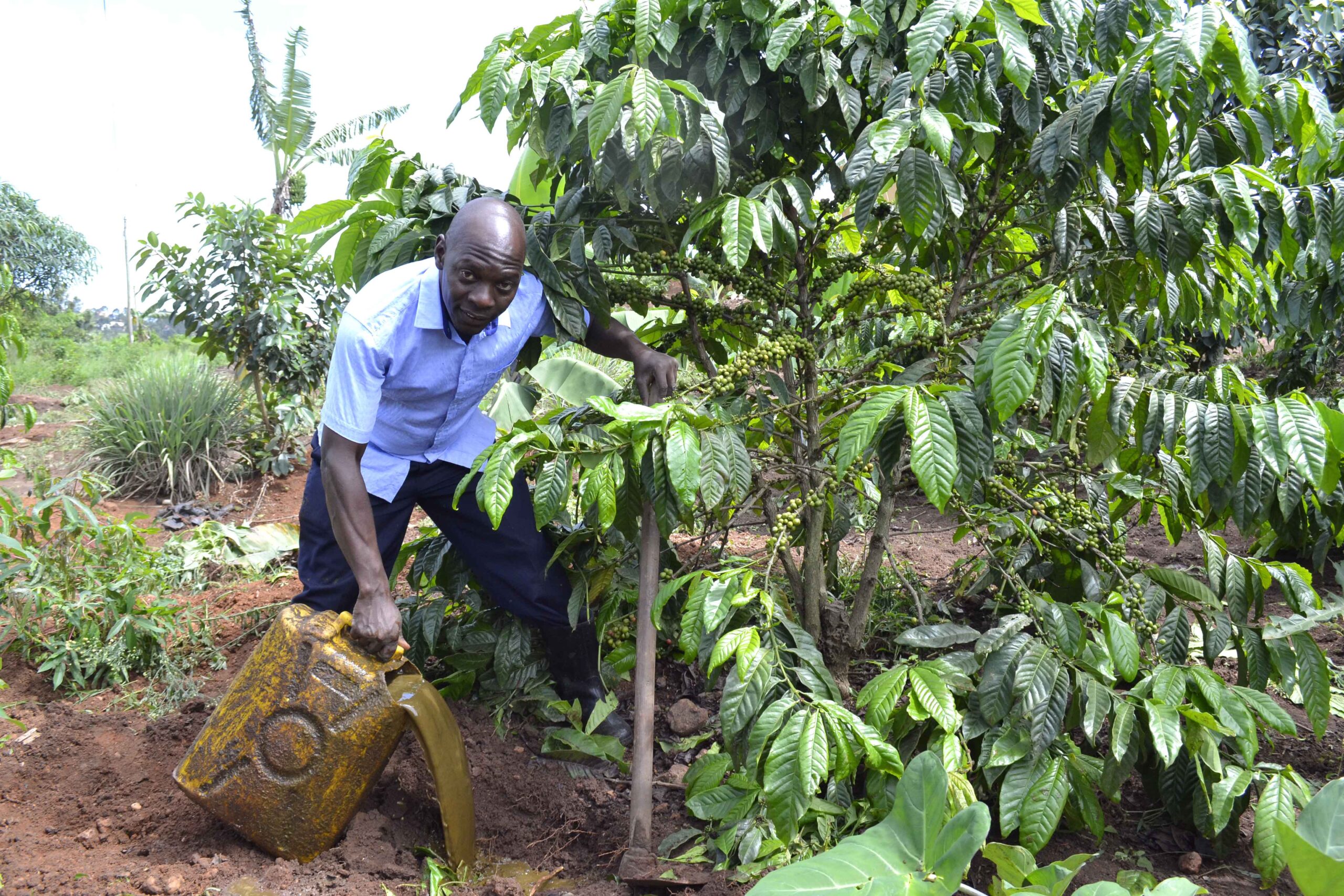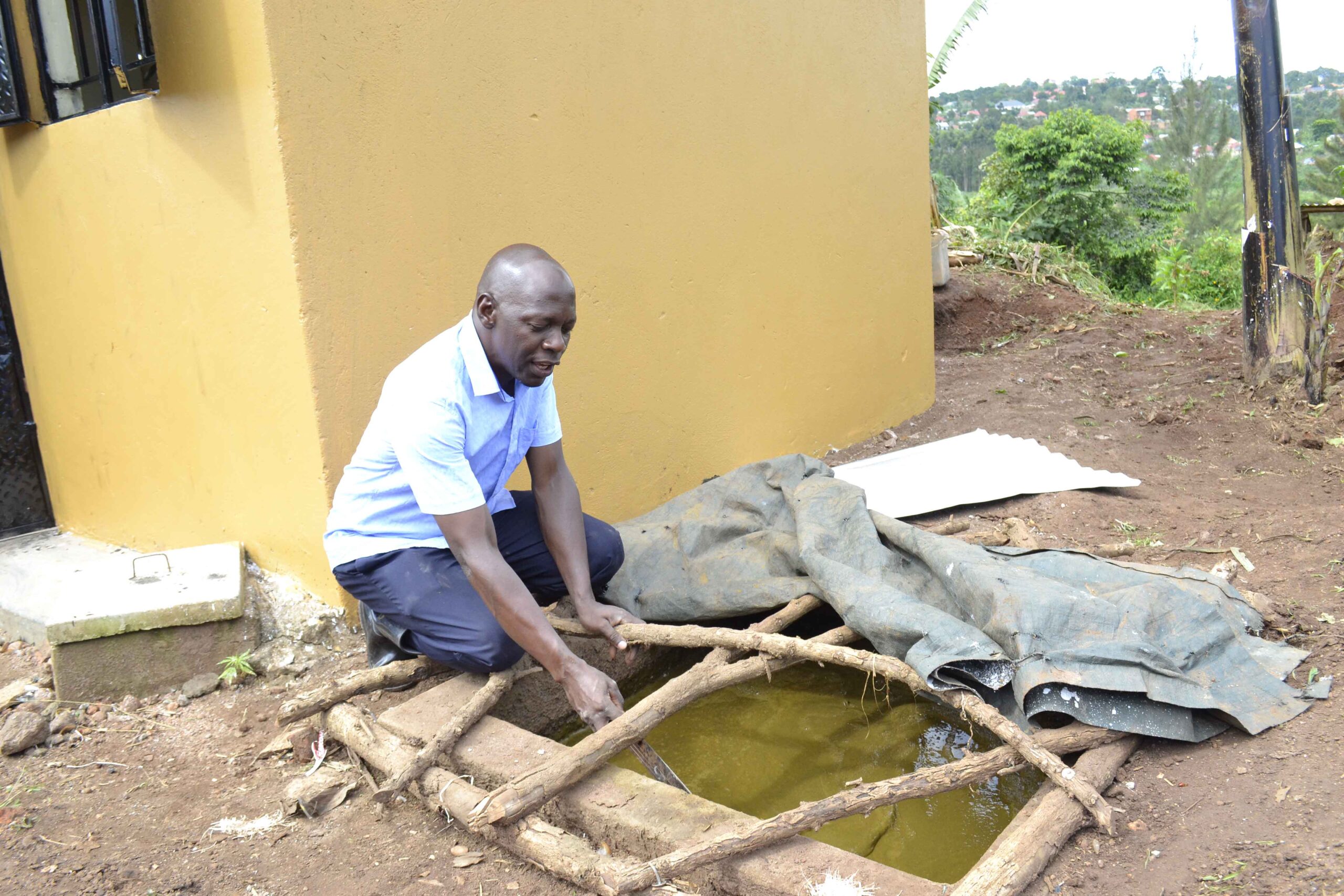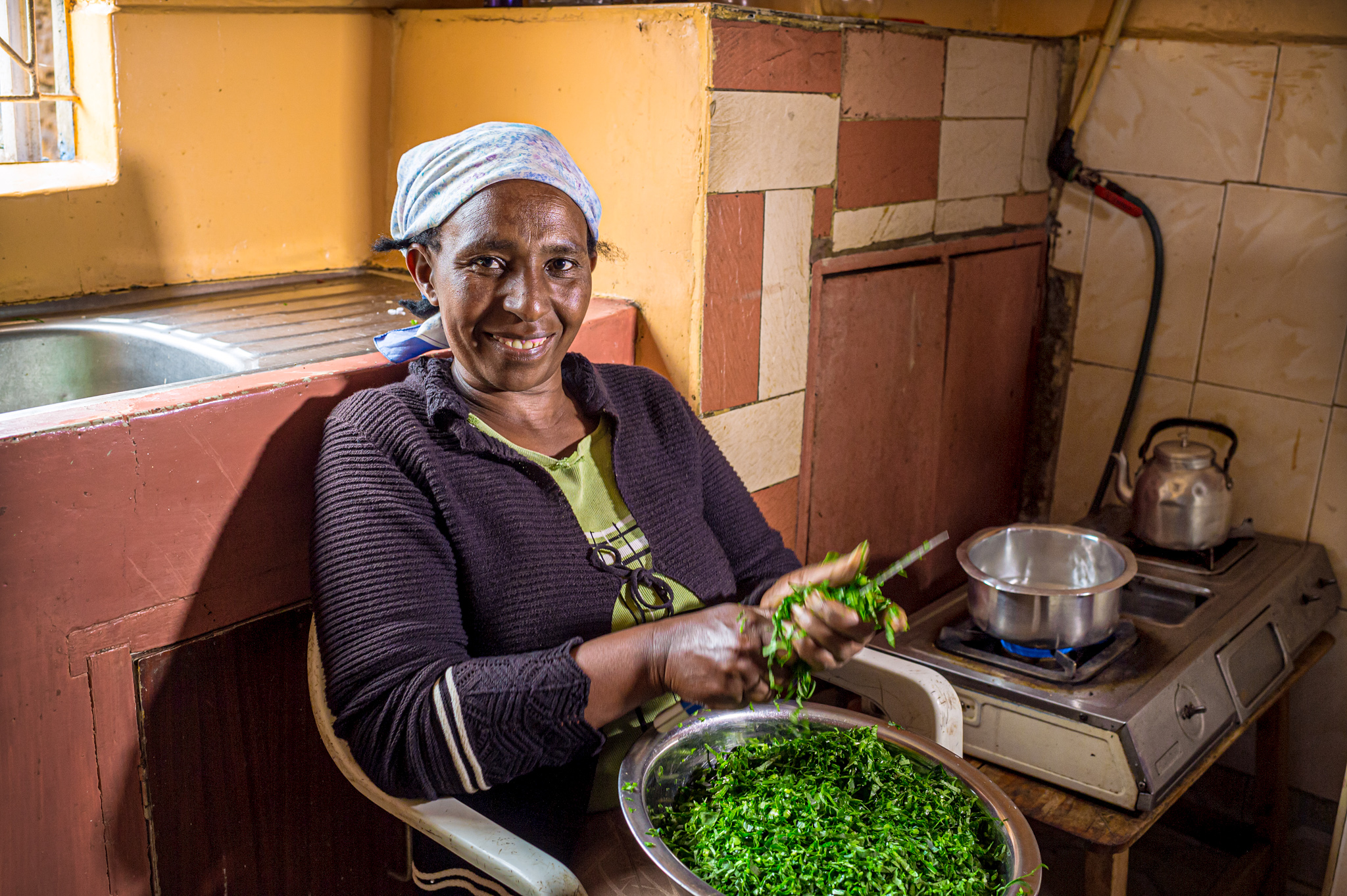Smallholder farmers in East Africa have in recent years adopted digesters to turn organic waste into biogas for cooking and lighting while also building climate resilience.
Statistics from Energy Capital and Power, an Africa-focused global investment platform for the energy sector, show that Kenya — which leads in biogas policies and investments in Africa and which has made the most progress towards establishing viable biodigester markets — has 17,000 household biogas digesters and 8,000 biogas plants.

Tanzania, which is also one of Africa’s top biofuel potential countries, has 12,000 digesters, while Uganda, which launched a four-year Africa Biodigester Component Project in 2022, has 7,000 domestic biogas plants, according to the Uganda National Biogas Alliance.
The Africa Biodigester Component Project, also active in Tanzania and Kenya, aims to install 8,000 small-scale biodigesters in Uganda.

Several smallholder farmers in the region, such as 44-year-old Joseph Kayizzi, a Ugandan banana and coffee farmer in the Mityana district, use biogas digesters.
Biodigesters are airtight containers in which organic material such as cow dung or crop leftovers is deposited to ferment and produce biogas for use in cooking and lighting.
The Climate and Clean Air Coalition describes biogas digesters as a smart and valuable climate and clean air energy solution.
The farmers process dung from their livestock into bio-slurry compost for improved crop yields and to produce biogas, a climate-friendly fuel that the World Biogas Association says can reduce global emissions by 18 to 20 percent.

Biodigesters are airtight containers in which organic material (such as cow dung or crop leftovers) is deposited to ferment and produce biogas (a mixture of methane, carbon dioxide, and other trace gases) for use in cooking and lighting.
Long-term exposure to ambient particulate outdoor air pollution kills over 4.2 million people prematurely each year.
Kayizzi said he has used dung as feedstock in his domestic biodigester for four years.
“I treat 25 to 30 kilograms of animal dung mixed with water daily. The resulting product or bio-slurry is a natural fertilizer that I use on my banana and coffee plantation,” he said.
“We use the biogas from the digester for cooking and lighting my home. It is a suitable alternative to firewood, which we used before I installed the biodigester.”

Firewood, the World Health Organization has warned, is a health risk and a major contributor to respiratory diseases, natal complications, heart diseases, and premature deaths of children.
According to the World Health Organization’s most recent estimates, long-term exposure to ambient particulate outdoor air pollution kills over 4.2 million people prematurely each year.
African Union’s Continental Green Recovery Action Plan 2021–2027 aims to combat climate change and boost renewable energy.
The WHO notes that by reducing air pollution levels, countries can reduce disease burden.
Environmental scientist Phiona Wamukota said biogas digesters are a promising renewable energy solution to the energy crisis many rural communities in East Africa face.

“Biogas technology, a World Bank report indicates, can address energy access in sub-Saharan Africa, particularly in rural areas, where many households are making an effort to move away from the unsustainable usage of traditional biomass fuels to reduce their carbon footprint,” Wamukota said.
“With government support, the increased uptake of biodigesters will not only help in offsetting carbon emissions but also help in reducing deforestation at a time climate scientists at UN’s Intergovernmental Panel on Climate Change have said that the solution to greenhouse emissions lies in climate-resilient and comprehensive climate change adaptation measures.”
“In East Africa, Kenya has the highest potential for biogas at 1.3 million households but its uptake of biogas technology remains low.”
East Africa’s growing investments in the bioeconomy and biogas technology are in keeping with the African Union’s Continental Green Recovery Action Plan 2021–2027, which aims to combat climate change and boost renewable energy.
According to the 2022 State of the Bioeconomy in East Africa report, over 65 percent of East Africa’s population relies on biological resources for food, energy, medicine, and other necessities.

Analysts in the energy sector predict that East Africa’s biogas technology market will more than double over the next few years as governments in the region strive for green growth and as populations grow.
“The East African Community Bioeconomy Strategy encourages countries in the region to invest in renewable energy technologies including geothermal energy and hydroelectric power to achieve their goal of low-carbon economies.
“Investments in biogas technology are also encouraged but the number of biogas digesters per country is low yet they will provide an economical and sustainable way for rural communities to reduce energy poverty,” said Keith Atwine, a Ugandan environmental and natural resources specialist.
He added: “East Africa has significantly more untapped biogas potential than is currently exploited. In the region, Kenya has the highest potential for biogas at 1.3 million households but its uptake of biogas technology remains low.”
“Treatment of livestock manure through anaerobic digestion in a dung-based biodigester is crucial for the reduction of methane and nitrous oxide greenhouse emissions.”
Atwine said increased penetration and dissemination will help countries meet critical development goals and deliver outcomes such as sustainable land management, improved health and food security, and environmental protection by converting waste that threatens ecosystems and freshwater resources into useful products.
“Individual governments’ provision of subsidies and loans to smallholder farmers will go a long way towards making biogas biodigesters more accessible and affordable,” said.

Dr Joel Ochieng, program leader of agricultural biotechnology and wildlife at the University of Nairobi, said. However, investments in biogas technology have increased in East Africa in recent years, there is still a critical need to train rural farming households in the proper management of livestock manure.
“We use the biogas from the digester for cooking and lighting my home. It is a suitable alternative to firewood, which we used before I installed the biodigester.”
“Many smallholder farmers still use livestock manure on their farms while it is raw. That is wrong. Raw livestock dung emits methane, a potent greenhouse gas that accounts for about 20 percent of global emissions.
“Therefore, the treatment of livestock manure through anaerobic digestion in a dung-based biodigester is crucial for the reduction of methane and nitrous oxide greenhouse emissions. Households must learn to compost the dung first,” Ochieng said.
The post East Africa: Smallholder farmers adopt bio-digesters to build climate resilience and get clean energy for cooking appeared first on Alliance for Science.
O artigo foi publicado originalmente em Cornell Alliance for Science.